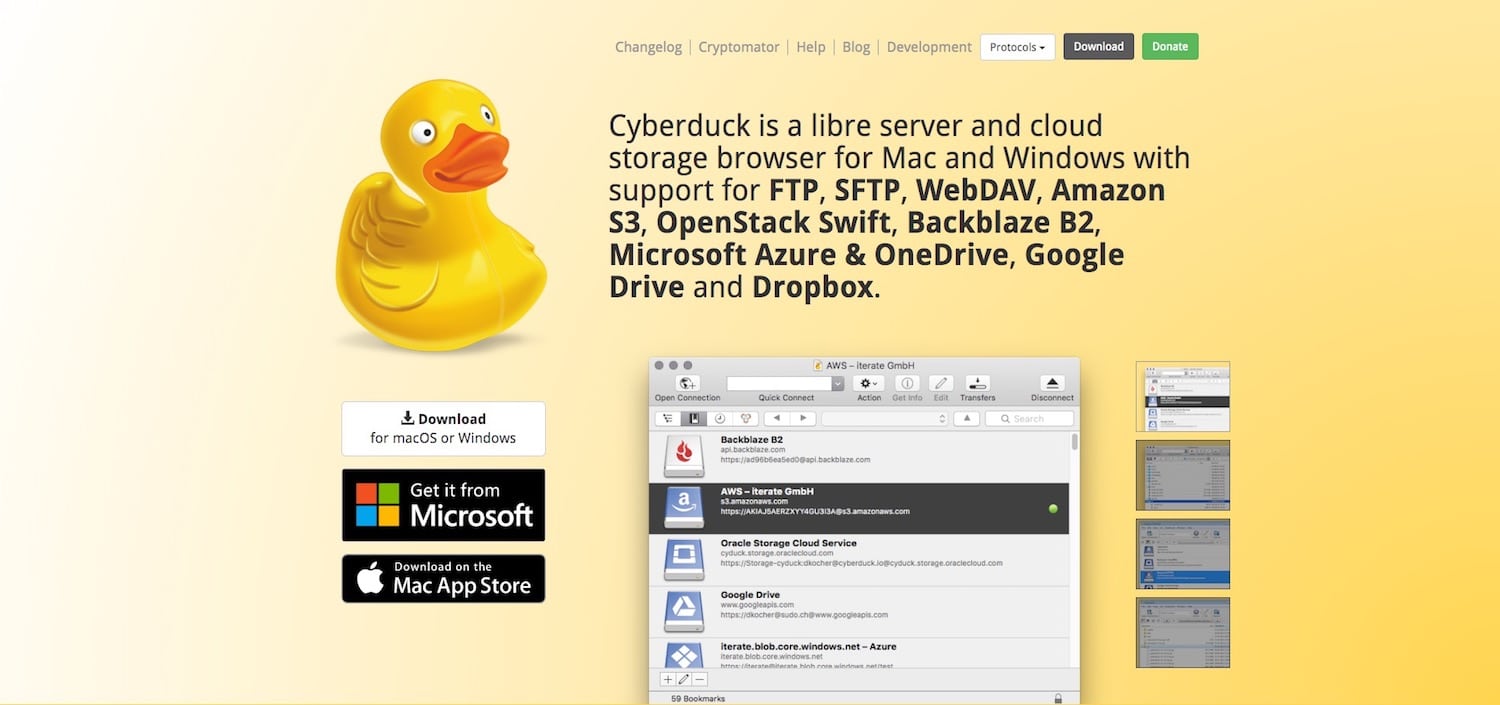


Most internet users won’t need an FTP server to share files with other people, now that cloud-based services are so prevalent and accessible. These elements have fundamentally altered what web developers and server administrators are looking for from FTP software, and clients who haven’t adapted to these needs generally fail to support users’ top priorities: security law compliance and ease of use.

It’s no secret that, despite the persistent popularity of file transfer protocol (FTP), the evolution of cybersecurity threats, safety standards, and cloud-based storage systems has changed the file transfer landscape. Your completed dialog box should look similar to this:Įxcept for your username and password + private key, it will be unique to your domain.Server administrators need to balance client capabilities, user interface, and security concerns when choosing the right free FTP software for their business. Click Connect to connect to the server.Under SSH Private Key, choose the private key that matches the one created in your cPanel > Security > SSH Keys.This information is included in your Welcome Email. In the username and password field, enter the username + password for the cPanel account, not for an FTP account that you manually created.In the server field, enter your domain name.Be sure you choose SFTP from the drop-down menu.When the Open Connection Dialog appears, you will be prompted to enter some login information. Step 2) Click Open Connection in the top left corner. Step 1) Open Cyberduck and click Open Connection in the top left corner of the application. If you are not sure how to do that, please review our Knowledge Base article on SSH Keys here.Īdditionally, this article assumes you have already downloaded & installed Cyberduck. This article assumes you have already downloaded your SSH Private Key from cPanel > Security > SSH Access in PPK format.


 0 kommentar(er)
0 kommentar(er)
